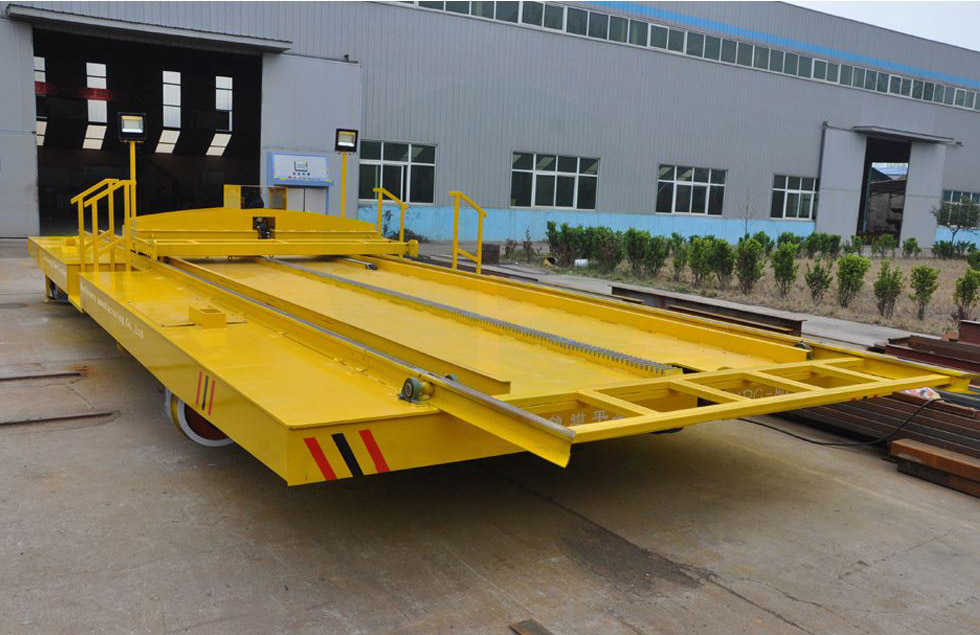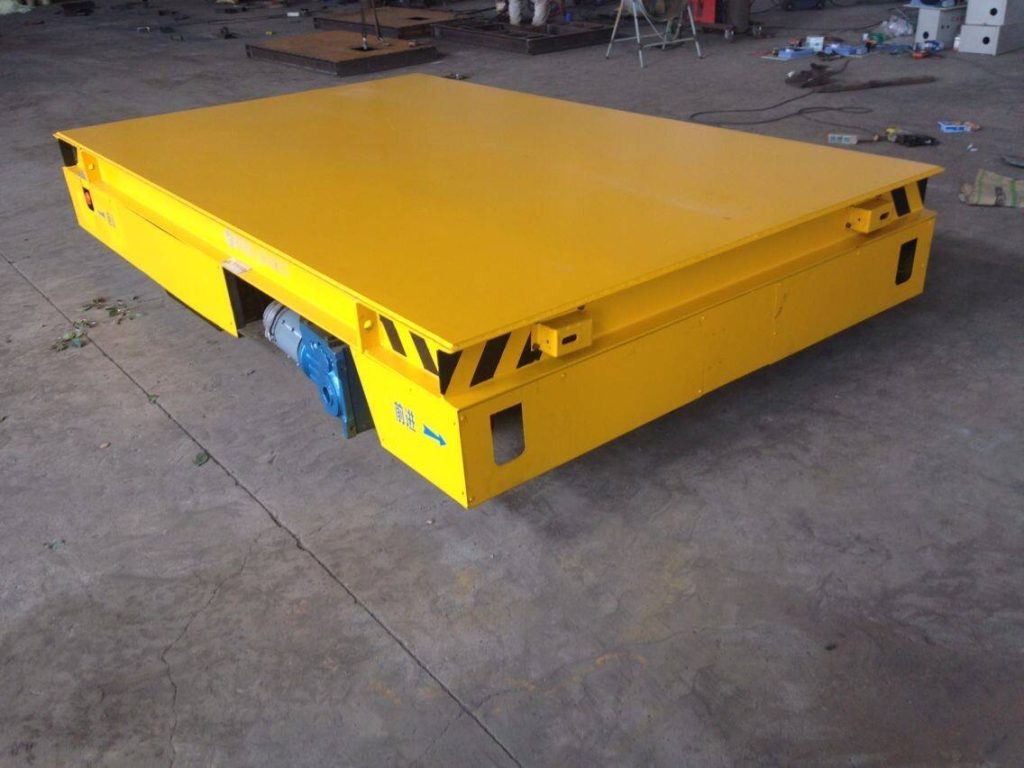As the pace of industrial growth continues to pick up companies active in manufacturing and logistics are under continual pressure to streamline operations. That includes the effective management of manufacturing lines and warehousing. This is even more challenging due to customer demands that reflect a just-in-time philosophy. The simple matter is that products need to be handled efficiently, quickly, and safely in order to deliver value to external stakeholders and positively contribute to the bottom line.
One of the ways a business can remain competitive is to optimize container and material handling. Increasingly businesses in the manufacturing and logistic industries are turning to transfer carts(carro de transferencia) of different types to optimize operations.

So just what types of transfer carts are available – and what are the advantages to their use?
Firstly there is the issue of control. Today’s transfer carts(grua puente) can be manually controlled or completely autonomous, following programmed routes and adhering to a set number of operational parameters.
Then there is the issue of power. There are a number of different ways in which transfer carts can be powered. these include a battery, cable drum, wireless energy transfer, and busbar. The wireless energy option is particularly attractive to those businesses that want to optimize floor space usage. This system uses underfloor cabling to supply power to the transfer cart. The attractions of the battery-operated carts are much the same.
Then there are the different types of directional control options. One of the most popular types of transfer carts is the so-called rail transfer cart. As the name implies these carts are ideal for those businesses that are characterized by repetitive routes – such as in manufacturing where the finished product must be moved to a warehouse. Multi-steering transfer carts can move in any direction guided by all the wheels. They are ideal for tasks that take place in a limited space – and can be either manually or computer controlled. they are also extremely versatile and businesses where the transport of goods, packages and containers is not a repetitive task (for example where warehouse space is continually evolving). additional resources: https://aicrane.cl/tipo-de-grua-portico/
Another attraction of transfer arts is that many types accept a variety of bolt-on modules. These allow for a degree of specialization depending on specific tasks. A good example of this is the ‘V bed module’ used for the transport of Bobbins.

Transfer carts of Aicrane in a variety of configurations have the ability to deal with either smaller loads or loads that can weigh up to a thousand tons, making the ideal for a number of business environments. They also make it possible to cut down on expenses related to human capital, such as training and payroll. Operating a forklift is a specialized job – and one that a transfer cart can do 24 hours a day, 7 days a week.
Given these attributes and the increasingly demanding business environment, it is no wonder that many businesses in a variety of industries are opting to take advantage of the versatility of transfer carts. Carts make sound financial sense and offer a competitive advantage in terms of speed and efficiency.